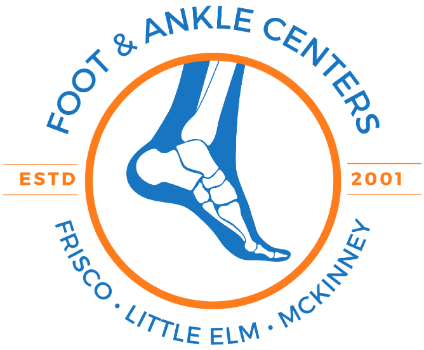Lapiplasty®: Stepping Away from the Pain
An Alternative Surgical Option For Patients Suffering From Bunions
In more than 20 years as a foot and ankle specialist, I have treated patients living with a wide range of conditions. It may be surprising to many people that one of the most frequent and painful foot problems my patients experience is bunions. What many consider to simply be an unsightly cosmetic issue is actually a serious bone deformity that can be detrimental to a patient’s quality of life. In the past, many patients shied away from undergoing traditional bunion removal surgery, but a relatively new approach has enabled me to offer them a treatment option that gives them a chance to get back to the activities they love.
Bunion pain can sideline someone from a variety of activities, from training for a marathon to simply going on a walk or running errands. The condition is caused by a complex bone deformity that results in an unstable joint in the foot, eventually causing the bones in the big toe to start drifting out of alignment and form the signature bump on the side of the toe. Bunions progress in terms of severity over time and can cause worsening pain as people age if they are left untreated. Some of my patients who once exercised regularly have to cut back on their routines because of bunion-related discomfort. The impact the condition often has on mobility can also affect patients with more average lifestyles. Many of my patients suffering from bunions have reported challenges in going about their daily lives.
There are some lifestyle modifications and non-surgical devices that can help ease bunion pain in the short term, but the only way to correct the deformity at its root cause is with surgery. In the past, the standard of care for bunion removal was a traditional 2D osteotomy procedure, during which the protruding bone in the toe is shaved down and the remaining bones are shifted over. This procedure is also known as “Shave it Off” surgery.
The Lapiplasty® approach involves realigning the bones in the foot using a system of patented titanium plates, addressing the root cause of a bunion in all three dimensions. Most patients can start bearing weight while wearing a walking boot within 2 weeks after surgery and they are typically cleared to return to any physical activities about four months later. Based on results from 13- and 17-month clinical trials, the overall rate of bunion recurrence after Lapiplasty® is about 1% to 3%.
Bunions can take a severe physical and emotional toll, but it is important for patients to know that they have treatment options. In the twenty-one years that I have been practicing podiatry at the Foot and Ankle Center of Frisco and Plano, my goal has been to help patients understand these options and return to the lifestyles they love as quickly as possible. I am pleased to have helped more than 400 patients return to their routines and hobbies that they were previously unable to enjoy due to bunions. I am excited to see how the field of podiatry and bunion treatment transforms as more physicians in the U.S. offer Lapiplasty® to eligible patients.
For more information about the Lapiplasty® Procedure™, visit Lapiplasty.com. To schedule an appointment with Dr. Tavakoli or Dr. Knapp, call (972) 712-7773 or visit www.DFWFoot.com
Lapiplasty® is a surgical procedure. Only a surgeon can tell if Lapiplasty® procedure is right for you. As with any surgical treatment, there are risks; individual results may vary; and recovery takes time. Potential risks include infection, pain, implant loosening, and loss of correction with improper bone healing. For more information on benefits, risks, and recovery, visit Lapiplasty.com.


0 Comments